Whenever your leather shoes and boots get wet, some steps should be taken.
The necessary things you must do to clean them are what we have listed in the following section.
If you own leather shoes or boots and they get wet, it is imperative that you treat them with the utmost care so that the leather does not become irreparably harmed.
If you want the finest results while treating shoes and boots made of damp leather, follow these step-by-step instructions.
Also, keep in mind that the following guidelines do not relate to suede, which, despite the fact that it may also become wet, is treated in a different way.
Are there any restrictions on getting leather footwear wet?
Yes.
If you take the proper care of your leather shoes and boots, they may become wet (even completely submerged in water in some circumstances) without suffering any lasting harm.
If your leather shoes become soaked on a frequent basis, you should think about purchasing a pair of waterproof shoes so that you won’t have to treat your leather shoes on a regular basis.
This will save you time and effort.
The Proper Way to Let Wet Leather Shoes Dry:
The first step is to get rid of any excess moisture and debris.
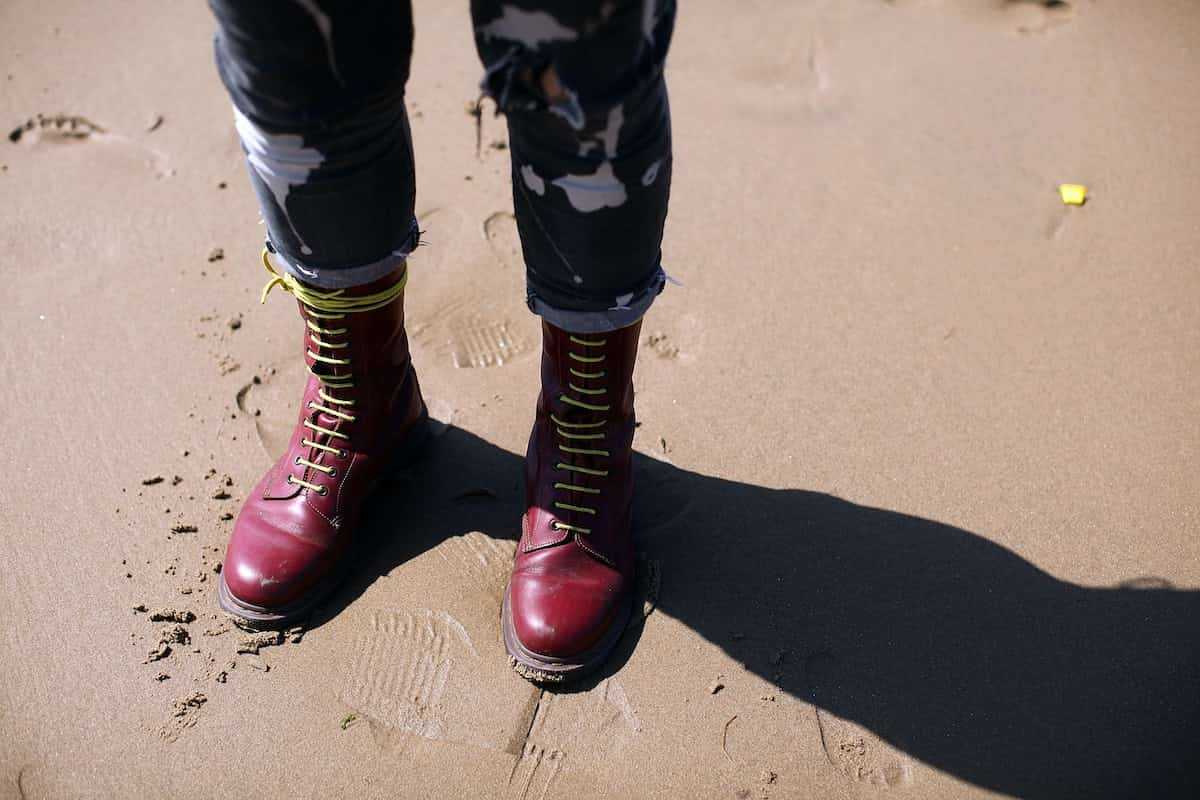
First, wipe away any extra water that may be on the upper part of the shoe.
If there are raindrops on the shoe, dry and soft towel should be used to drain the moisture to avoid any water stains from occurring.
Be careful to clean your shoes thoroughly while they are still wet, removing any debris such as dirt, mud, or grit from your footwear before it has a chance to dry.
The second step is to remove the shoelaces.
Cotton or another kind of natural fiber is often used for the shoelaces that come with leather footwear.
If you take them off, the laces and the shoes will both be able to dry more quickly, since there won’t be any moisture trapped between the two parts of the system.
Step 3: Take Out the Footbed Inserts
If your shoes are completely drenched, there is most likely some moisture that has been trapped between the heel and the bottom of the shoes.
Taking out the shoe’s insoles enables the shoe to completely air out and reduces the risk that the shoes may develop a musty odor or get warped in the future.
After taking out the insoles, use a clean, dry towel to remove any extra moisture on the inside of the shoe, being sure to use a gentle motion.
The fourth step is to Raise the Shoes.

If you let your shoes remain on the floor for an extended period of time, moisture will get trapped between the sole and the floor surface. After removing any grit or filth from the outsole with a damp cloth, raise the shoes to let the outsoles to air out and dry completely.
You may do this by using a shoe rack made of mesh, by laying the shoes on their sides, or by resting them against a side with a cloth placed below them.
The fifth step is to stuff them with crumpled up pieces of newspaper.
When your shoes or boots are wet, it is a good idea to stuff them with newspaper for further insulation.
The dry newspaper will be able to absorb moisture from the leather, which it will then pull out.
Using newspaper is a very efficient method; yet, it is a technique that requires a lot of manual effort.
As soon as the newspaper gets soaked, it is imperative to take it and replaced it with dry paper until all of the moisture is drained.
This process should continue until the newspaper is completely saturated.
If the newspaper is damp, then the moisture will be trapped against the leather, which will negate the goal of the process.
When used on shoes that are already wet, the initial layer of newspaper will soak up a significant amount of water and will need to be refilled quite fast (within 20 minutes).
Because there is less accessible moisture for each subsequent cycle of newsprint, the process will take much more time.
Sixth Step: Raise It Up, Let It Air Dry: Your shoes will continue to be wet at a certain point, but the folded newspaper trick will no longer be effective since there will be little moisture left for it to absorb in the appropriate manner.
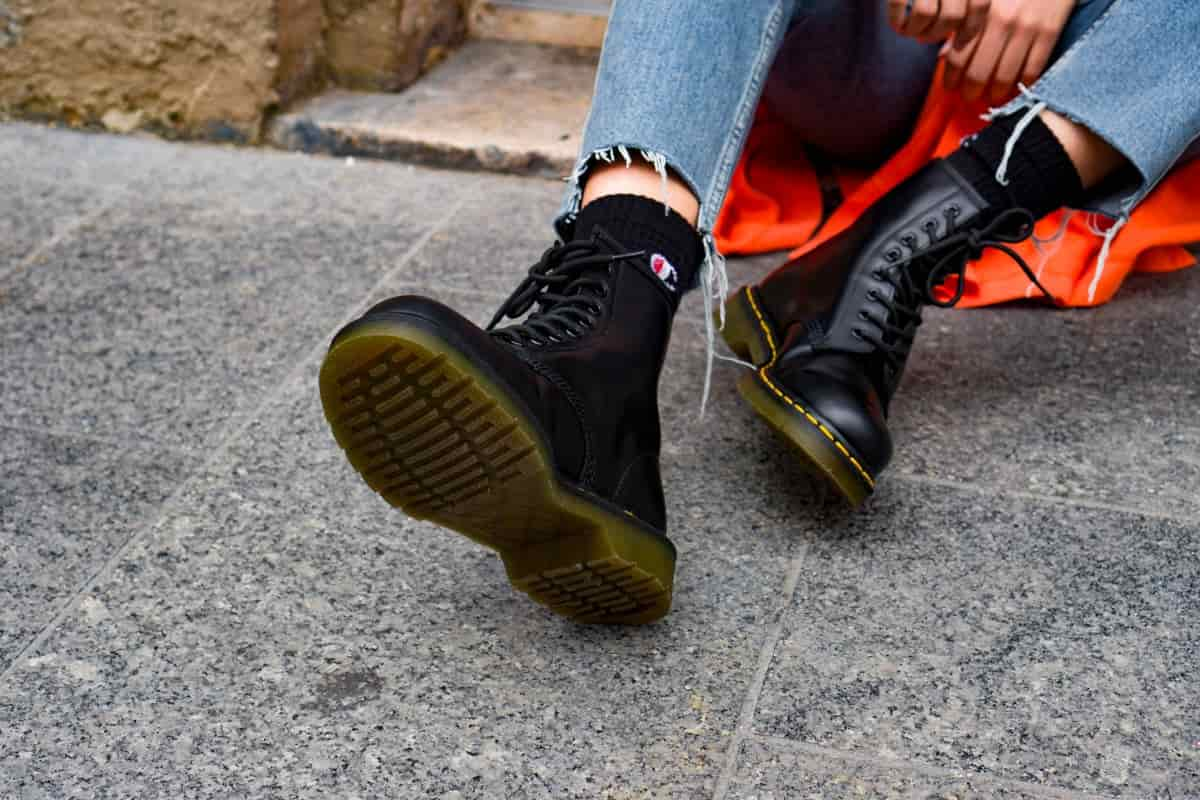
At this point, air drying is your best chance for removing any remaining moisture from the shoe that may have been left over from the cleaning process.
Place the shoes or boots in an area that is cold, dry, and has a low humidity and moisture content.
Do not use excessive heat since this might cause the leather to dry out too soon, which can cause it to crack and distort.
Extra caution is warranted in this regard: under no circumstances should you apply excessive heat.
Things that produce excessive heat include but are not limited to blow dryers, baseboard heaters, radiators, and fireplaces; all of these should be avoided.
The Effects of Water on Leather Shoes:
After they have had some time to dry, you need to inspect them to look for any areas that seem to be out of place and identify any of those areas.
These spots might have been generated by water marks or salt stains; in any case, further treatment will be required in order to eliminate them.
It’s possible that these flaws won’t be immediately seen while the shoes are wet; but, when the leather has dried, they could become more noticeable.
To remove salt stains from leather, first make a vinegar solution, and then wipe the leather with a towel after applying the vinegar solution.
Talcum powder is an efficient stain remover that can be used immediately on top of oil or grease stains.
It may be used for any of these types of stains.
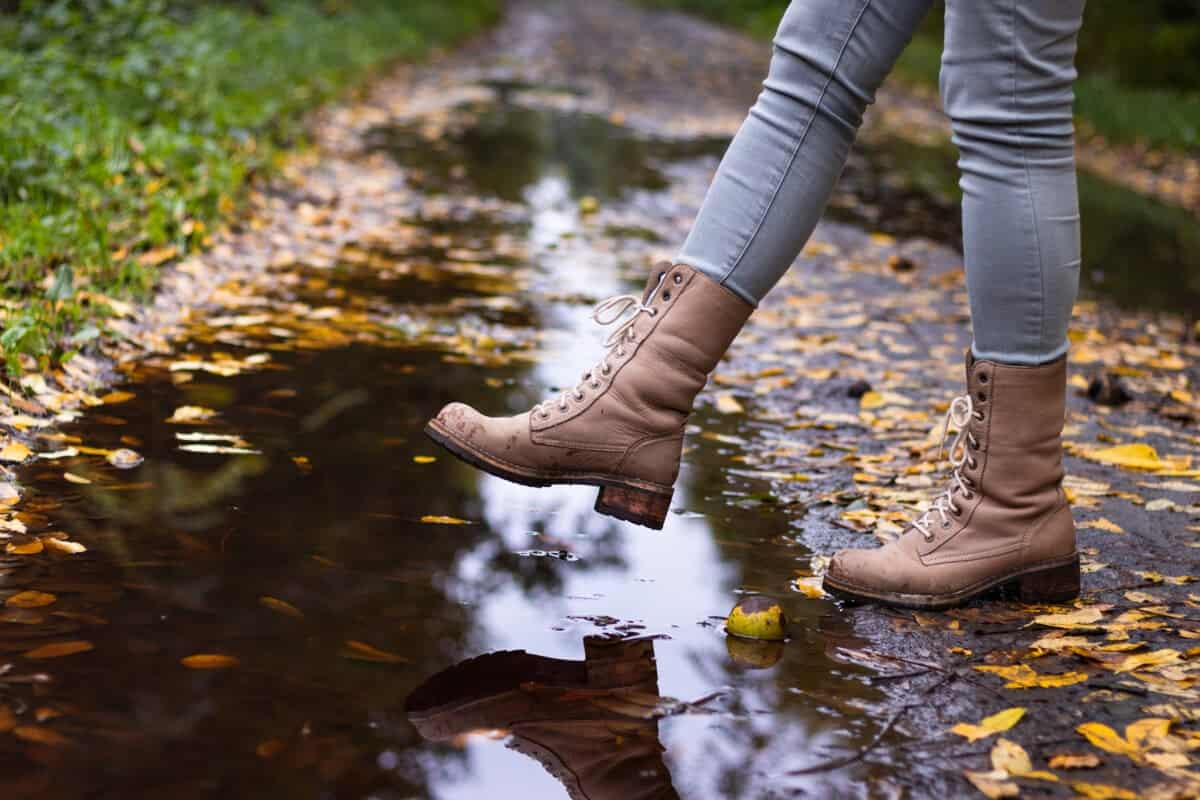
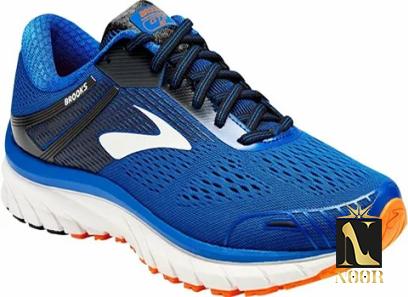
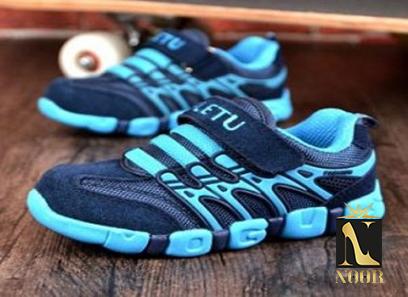
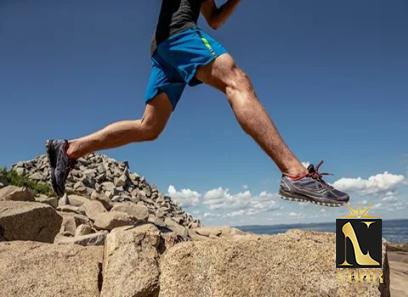
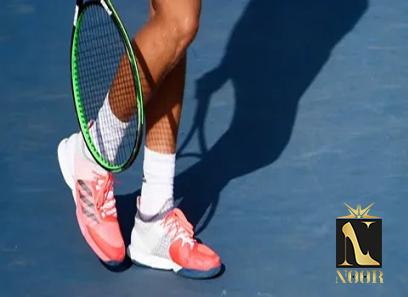

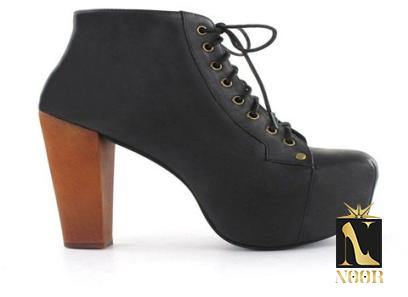
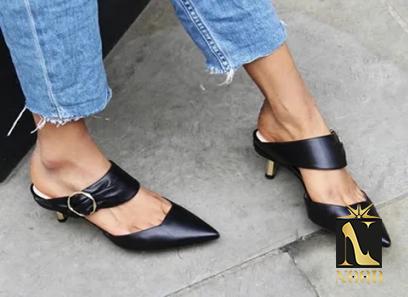
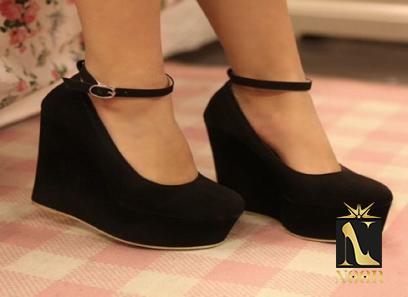

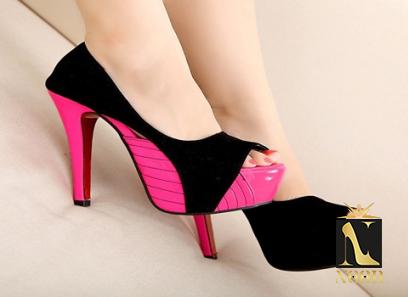
Your comment submitted.